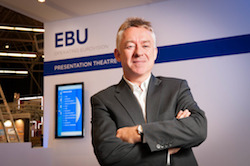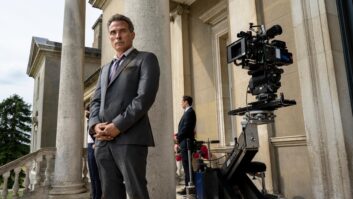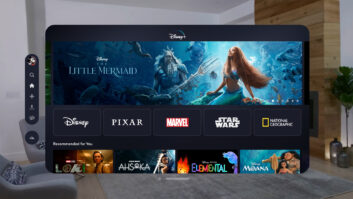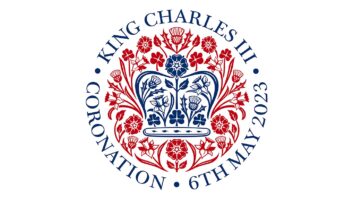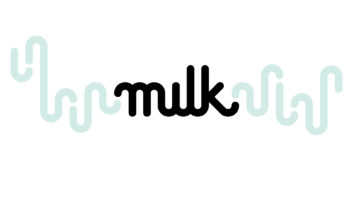Focused primarily on the case studies of producers and broadcasters with recent and relevant experience, the recent HD Here and Now 2007 conference in London provided a best practice update to an audience of approximately 150 delegates. Seetha Kumar, head of HD TV, BBC, reviewed the success of the UK HD trials and inevitably concluded that “Some digital dividend spectrum will be needed to support HD services on Freeview,” and that “HD is what audiences want sooner rather than later – it’s what they will expect,” writes John Ive.
Speaking from the perspective of a Pay TV provider, Brian Sullivan, managing director customer group, BSkyB, explained that 3500 hours of HD are broadcast by Sky each month to 184,000 customers (as of December 2006). HD is Sky’s “fastest selling additional TV product.”
Continuing on the Sky theme, the first case study was ‘Terry Pratchett’s Hogfather’, described as “Sky One’s Christmas hit” by Ian Sharples of production company The Mob Film Co. Originally budgeted for film, after tests proved that quality keying with CG material was feasible, it was shot in HD with Arriflex D20 cameras and recorded on HDCAM-SR. The production team expressed their satisfaction with the outcome as “extraordinary” and with a considerable savings compared to 35mm.
Ben Russell, production manager, ITV Productions, described how budget productions are feasible in HD by describing the making of ‘Brainiac’. The conclusion was that High Definition is “workable for low budget, fast turnaround productions.” A theme that was repeated throughout the day was the need to test the entire chain and clarify the workflow before starting productions for real.
The BBC’s Principal Technologist HD, Andy Quested, described what the BBC considers to be acceptable production formats for HD broadcasts. Controversially Super 16 was declared as not acceptable because the “grain does not pass through the digital transmission chain.”
Patrick Morris and Andy King treated the audience to stunning images from BBC 2’s ‘Galapagos’ with the message that a tapeless solution was “considered the only viable option” in post production.
A post production case study of ‘Paul Merton in China’ was presented by Evolutions Television. Varicam was the camera of choice in order to take advantage of the variable frame rate but augmented by a P2 HD camera using solid state storage. The post production workflow had to be adapted to the combination of solid state, hard disc and tape workflows and despite initial misgivings very few problems were encountered.
A panel session chaired by Keith Nicholas, head of broadcast technology, MTV, debated on the topic ‘HD critical mass: where do the commissioning opportunities lie in HD?’. The panel described the types of programming most suited to HD and projected examples of HD commissions from general programming to documentaries and the arts.
John Pence of Discovery HD Theatre outlined the range of programming that Discovery present to their viewers and also described the “HD Guru” an on-line guide to HD for consumers.
‘Robin Hood’ was the next case study presented by Richard Burrell, a freelance producer. This was a very practical session describing the challenges of shooting in a forest in Hungary, with many requests to manufacturers for improvements to their products. Burrell stated that “Broadcasters – must be realistic about costs for the next three years until deals are available.”
Vicki Betihavas of NEP Visions described sport as “one of the best showcases for HD” and went on to describe several sporting events NEP OB units have covered. These included the Super Bowl, the Doha Asian Games and more. Framing, lighting and costs were all described as areas needing careful attention.
During the second panel session Greg Bensberg found himself defending the Ofcom “lukewarm” position towards reserving terrestrial spectrum for HD. After a day of singing the praises of HD it seemed incongruous that public service broadcasters may not be given the opportunity to deliver free to air HD to the home.
Finally Peter Taylor from BBC Outside Broadcast described the many HD events he had presided over, highlighting several concerts including surround sound audio. He described HD as “Sharper images, closer communication, being there and surround sound.”
With an excellent mix of practitioners describing real world experiences and plenty of high quality HD clips, this conference provided a clear insight in to the rapidly growing HD enthusiasm and practical experience. HD is well on the way to becoming the next generation SD.
